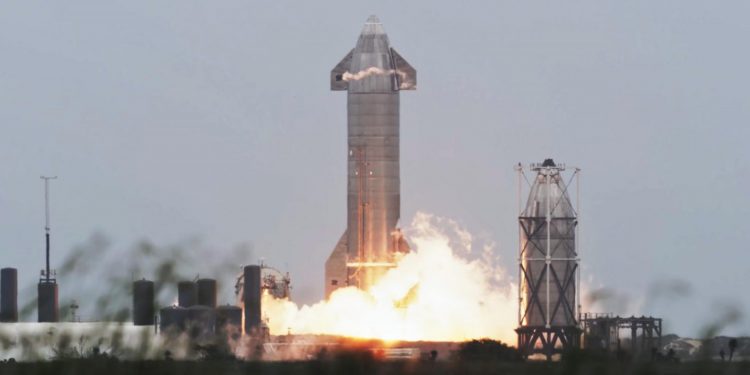SpaceX has submitted an FCC application modifying what it calls Starlinks Generation 2 (Gen2) constellation and laying out plans to launch some 30,000 new satellites with its fully reusable Starship rocket.
SpaceX’s latest Starlink Gen2 modification request comes more than a year after the company first submitted an application for an FCC license for the launch of some 30,000 next-generation satellites and almost two years after SpaceX first officially floated the idea in October 2019.
Now, some 18 months after kicking off significant Starlink Gen2 constellation and satellite design work, SpaceX has significantly modified its previous request and the design of the constellation to better adapt to the potential of Starship and the connectivity needs of the world.
Thanks to a number of details included in SpaceX’s modified Starlink Gen2 application, it’s possible to paint a fairly detailed picture of what the future constellation might look like. First and foremost, in its modification, SpaceX included two possible constellation “configurations”: one where Starship is ready for regular orbital launches in the near term and one in which Starlink Gen2 satellites are ready for flight before the next-generation rocket.
In the former configuration, Starship would launch virtually all Starlink Gen2 satellites. In the former, SpaceX would supplement Starship’s availability with Gen2 Falcon 9 launches. All told, both configurations max out around 29,990 Gen2 (2.0, V2.0, etc) Starlink satellites.
It’s not entirely clear but it appears that both Config 1 and Config 2 constellations would rely on the same Gen2 satellite design, which SpaceX says will be significantly larger and more powerful than existing Starlink V1.0 satellites, which weigh approximately 260 kg (~570 lb) each, produce ~3 kW of solar power, and have a maximum bandwidth of ~18 gigabits per second (Gbps).















